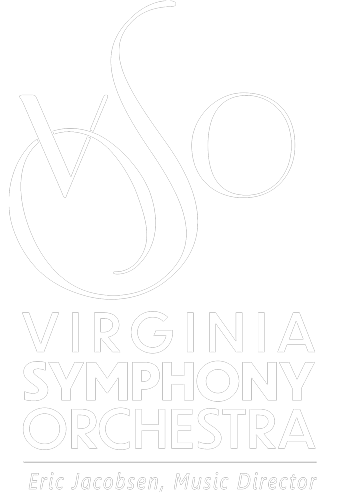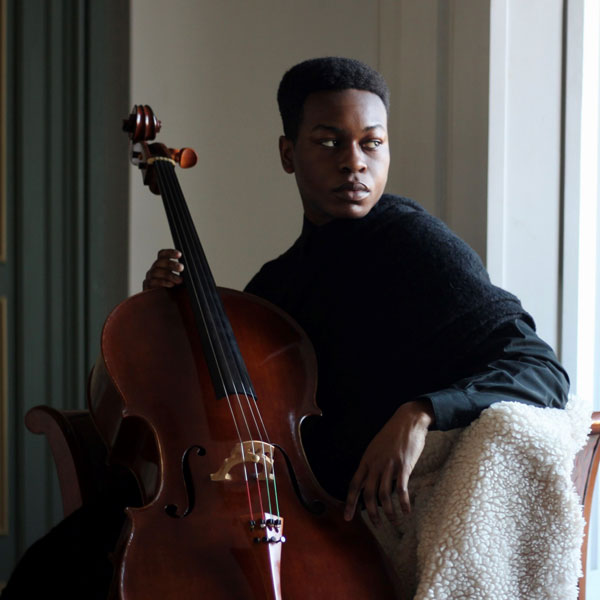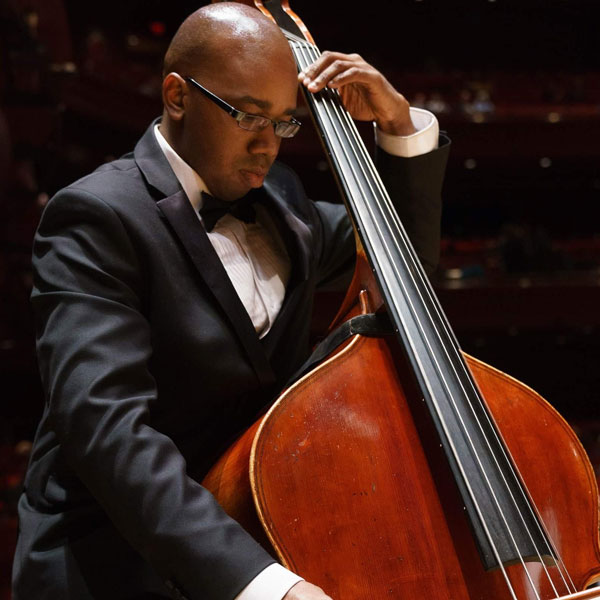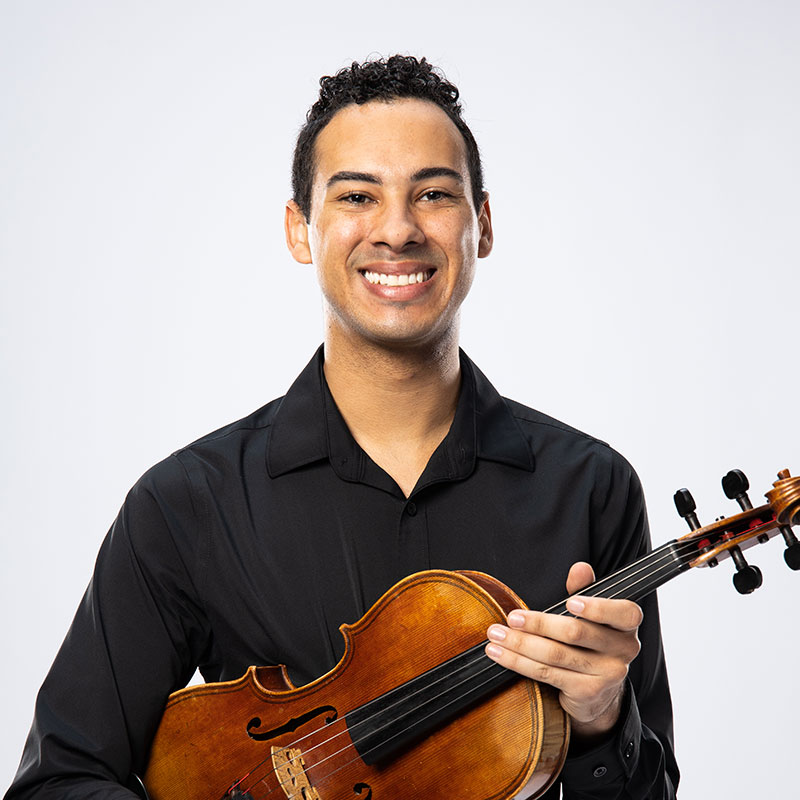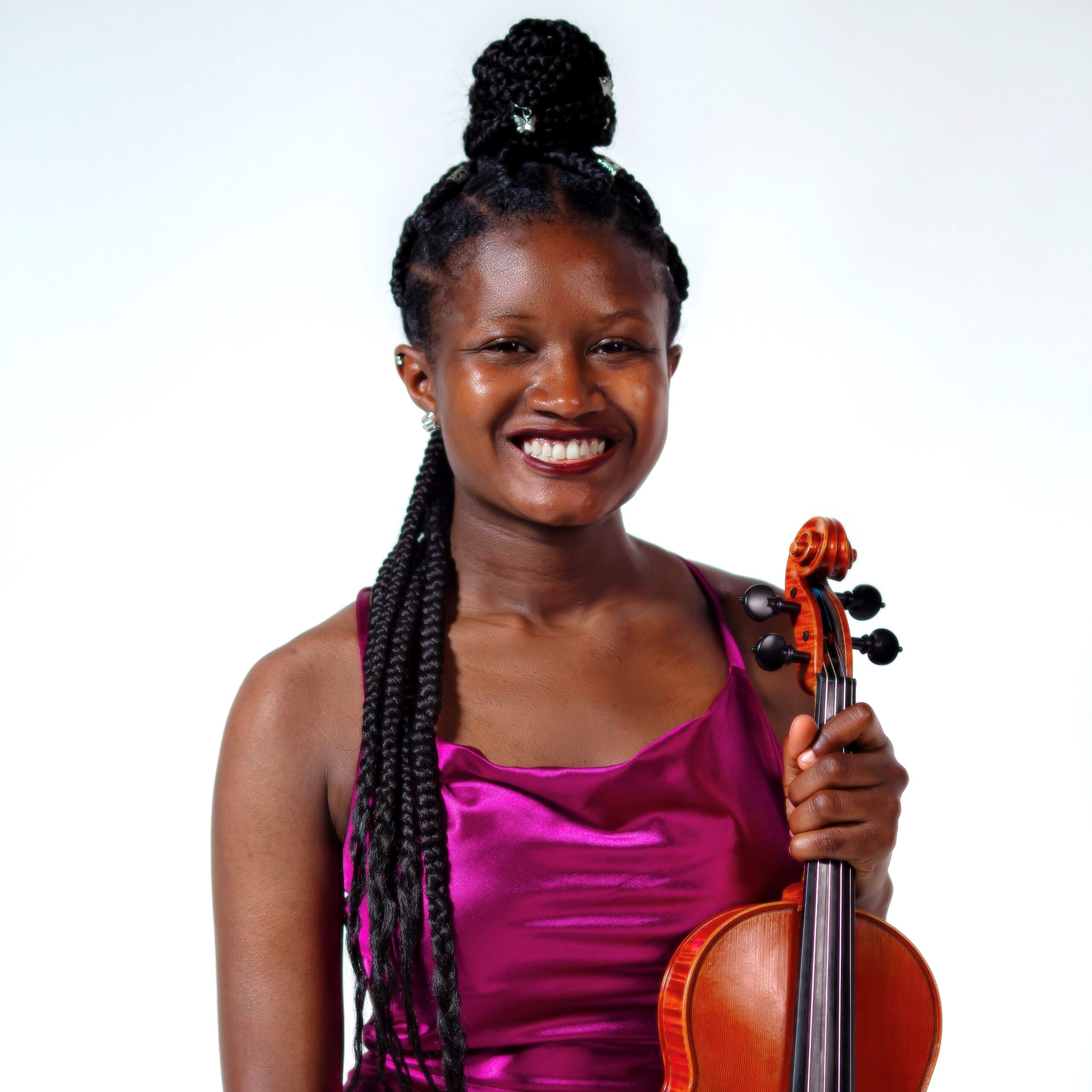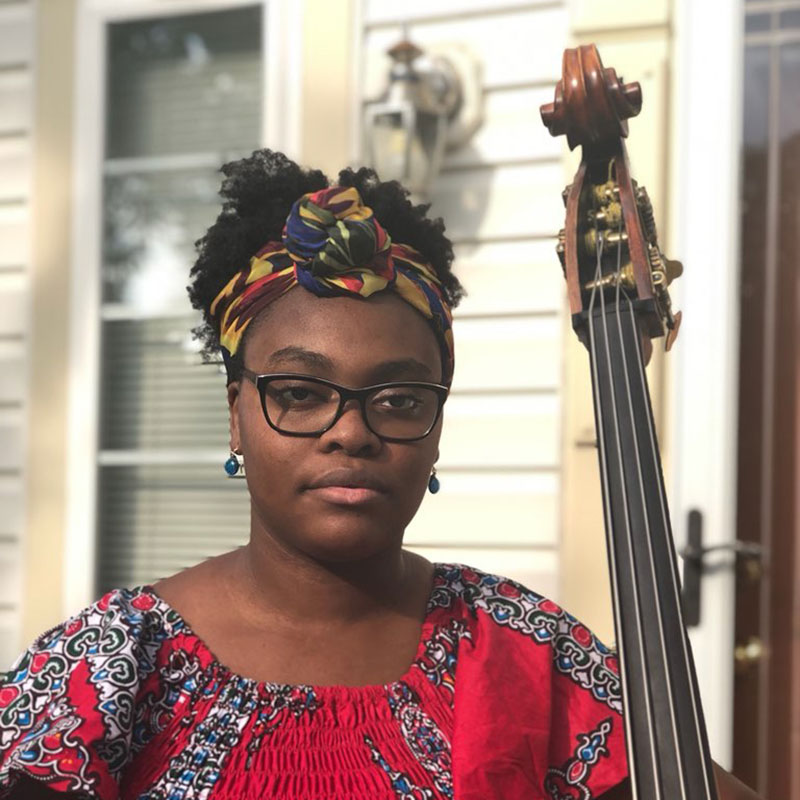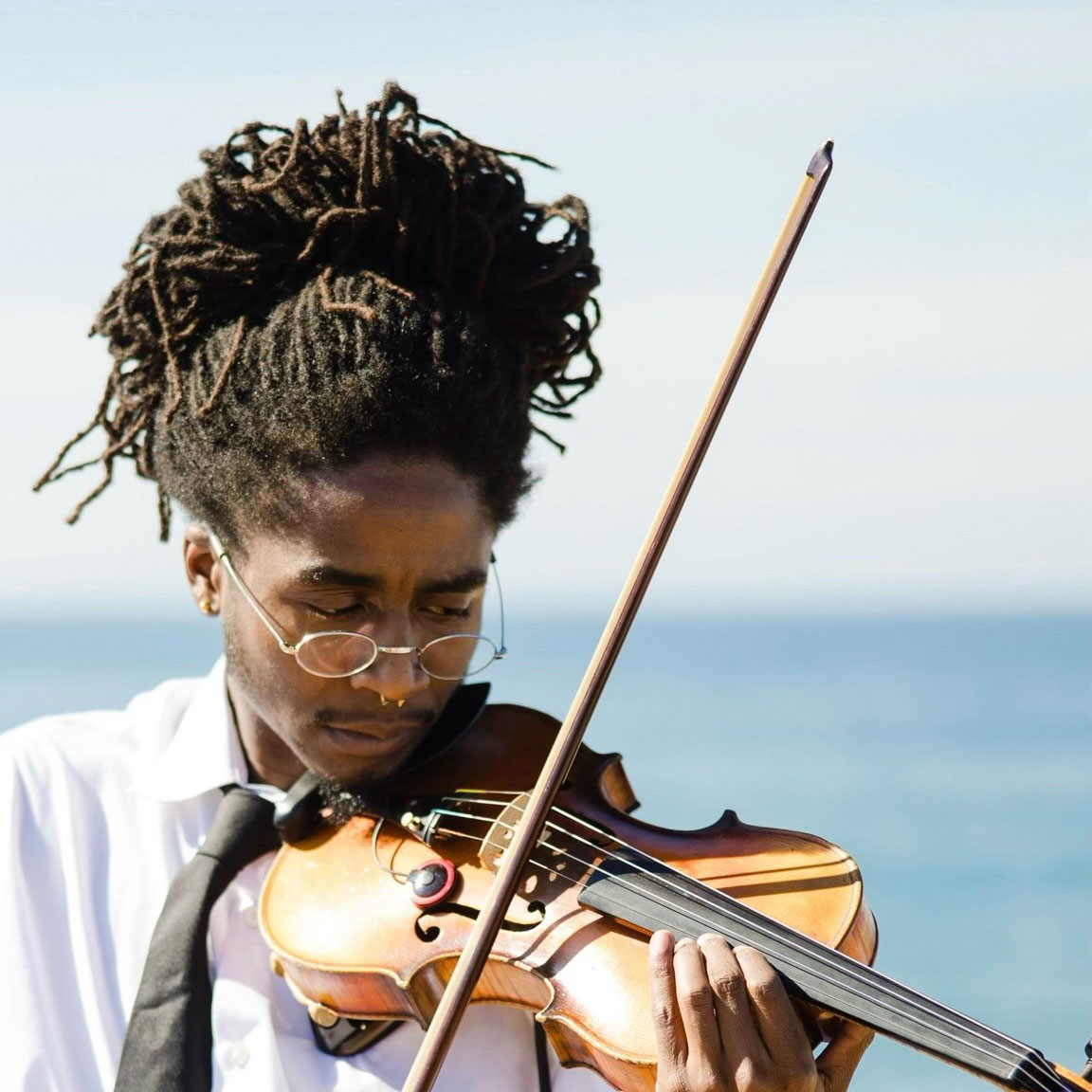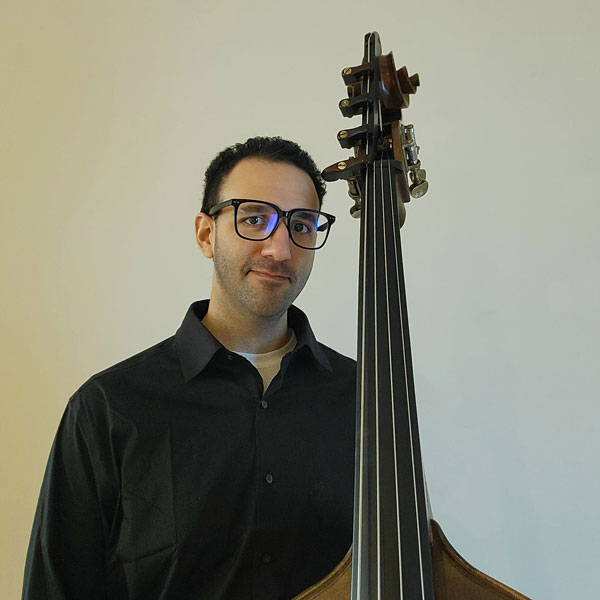What about the music?
An inside look with the Virginia Symphony Orchestra
Highlight: Rhythm and Respighi
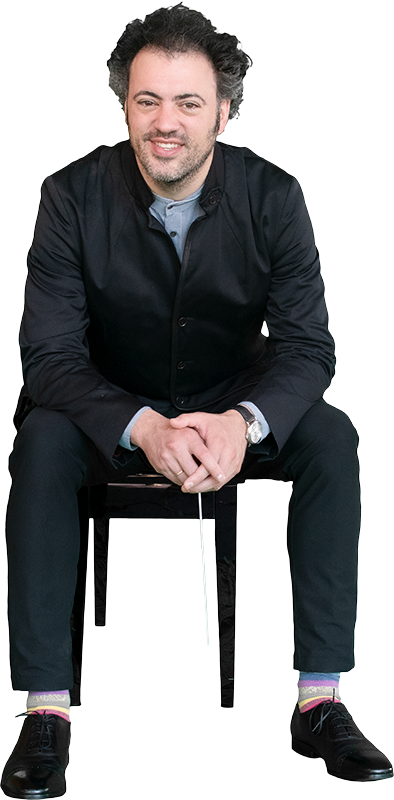
The Performers
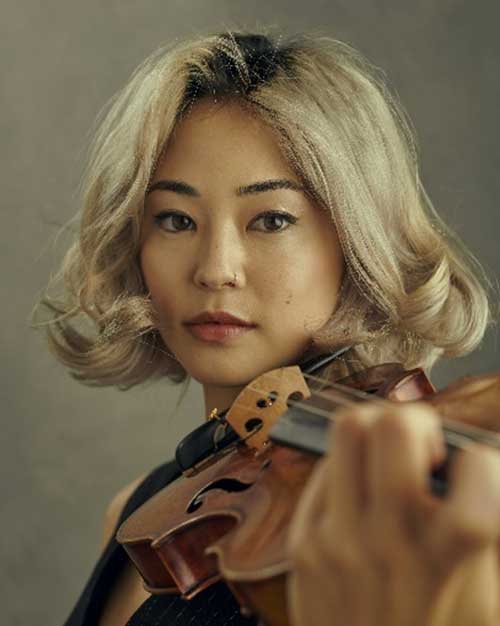
Simone Porter
Violinist, Simone Porter will perform with the VSO on Max Bruch’s Violin Concerto titled “Scottish Fantasy”
Violinist Simone Porter has been recognized as an emerging artist of impassioned energy, interpretive integrity, and vibrant communication. In the past few years she has debuted with the New York Philharmonic, the Philadelphia Orchestra, the Los Angeles Philharmonic; and with a number of renowned conductors, including Stéphane Denève, Gustavo Dudamel, Yannick Nézet-Séguin, Nicholas McGegan, Ludovic Morlot, and Donald Runnicles. Born in 1996, Simone made her professional solo debut at age 10 with the Seattle Symphony and her international debut with the Royal Philharmonic Orchestra in London at age 13. In March 2015, Simone was named a recipient of an Avery Fisher Career Grant.
Simone Porter performs on a 1740 Carlo Bergonzi violin made in Cremona Italy on generous loan from The Master’s University, Santa Clarita, California.
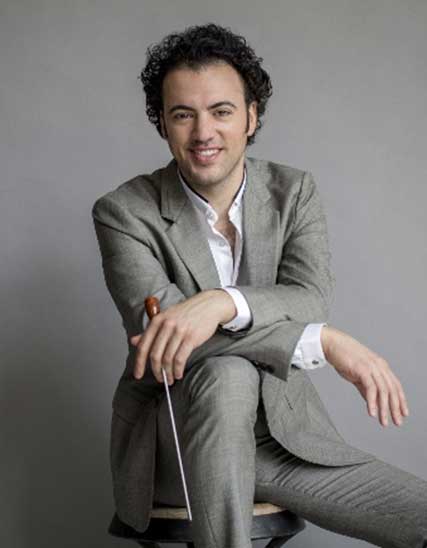
Eric Jacobsen
Hailed by the New York Times as “an interpretive dynamo,” conductor and cellist Eric Jacobsen has built a reputation for engaging audiences with innovative and collaborative programming. He is the newly-named Music Director of the Virginia Symphony, becoming the 12th music director in the orchestra’s 100-year history.
Jacobsen is Artistic Director and conductor of The Knights, and serves as the Music Director for the Orlando Philharmonic Orchestra. Jacobsen founded the adventurous orchestra The Knights with his brother, violinist Colin Jacobsen, to foster the intimacy and camaraderie of chamber music on the orchestral stage. Eric splits his time between New York and Orlando with his wife, singer-songwriter Aoife O’Donovan, and their daughter.
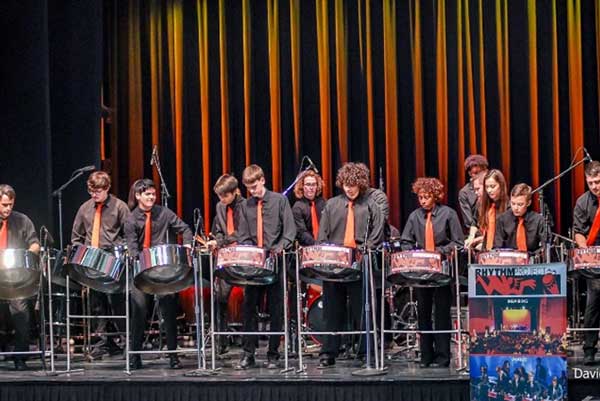
The Rhythm Project
A Community Engagement Program of the Virginia Arts Festival
The Rhythm Project is a world percussion ensemble dedicated to the nurturing of self-esteem through individual and cooperative achievement. Founded in 1996, the program was started in Portsmouth, VA by the Virginia Arts Festival. There are four elementary and four middle school Rhythm Project programs that feed the program’s premiere performing ensemble, the All-Stars. The All-Stars is a year-round program for high school students that focuses on instilling discipline and dedication in students through performance and touring opportunities. Additionally, two high school programs complete the family of eleven Rhythm Project ensembles that serve the cities of Norfolk, Virginia Beach, and Portsmouth.
Interested in learning more?
The Creators
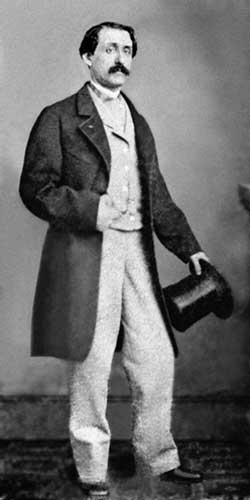
Festa Criolla
Louis Moreau Gottschalk
(1829-1869)
Pronounced “got – chalk”
Fast Facts:
- Played Piano
- Gottschalk was born in New Orleans, Louisiana, to a prosperous merchant and businessman from London and a Louisiana Creole mother.
- Toured both Cuba and Central and South America.
- Festa Criolla features syncopations and Latin percussion instruments with a West African flair. The piece was quite exotic for the European and American listeners in the 1860’s. The Rhythm Project will be joining the Virginia Symphony Orchestra on this lively, fun piece.
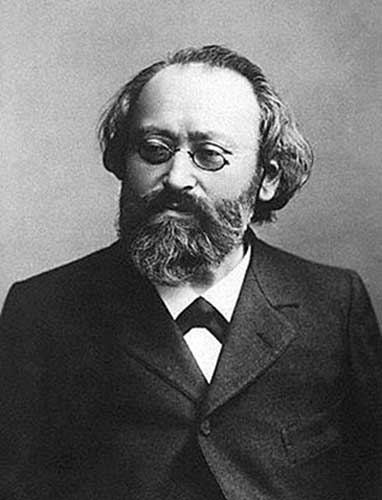
Fantasy
Max Bruch
(1838-1920)
Pronounced like “brook”
Fast Facts:
- German
- Friend of Brahms
- Wrote music more like Brahms than Liszt
- Well known for this concerto – “Scottish Fantasy”. A four movement piece that includes the influence of old Scottish tunes such as: Auld Robin Morris; Hey, the Dusty Miller; I’m Down for Lack o’ Johnnie; and Scots wha hae.
- Max Bruch is also known for a solo piece for cello and orchestra named “Kol Nidrei”.
Listen to Scottish Fantasy by Max Bruch: Nicola Benedetti, violin; BBC Scottish Symphony Orchestra; Rory Macdonald, conductor.
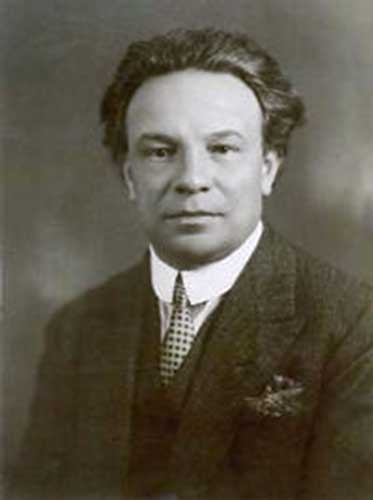
Pines of Rome
Ottorino Respighi
(1879-1936)
Pronounced “res- pee – gee” “g” like gorilla
Fast Facts:
- Italian
- Violinist
- Tone poems: Pines of Romes, Fountains of Rome, Roman Festivals
The Pines of the Villa Borghese (Allegretto vivace)
Children are at play in the pine groves of the Villa Borghese, dancing the Italian equivalent of “Ring around a Rosy.” They mimic marching soldiers and battles. They twitter and shriek like swallows at evening, coming and going in swarms. Suddenly the scene changes.
The Pines Near a Catacomb (Lento)
We see the shadows of the pines, which overhang the entrance of a catacomb. From the depths rises a chant, which echoes solemnly, like a hymn, and is then mysteriously silenced.
The Pines of the Janiculum (Lento)
There is a thrill in the air. The full moon reveals the profile of the pines of Gianicolo’s Hill. A nightingale sings.
The Pines of the Appian Way (Tempo di Marcia)
Misty dawn on the Appian Way. The tragic country is guarded by solitary pines. Indistinctly, incessantly, the rhythm of unending steps. The poet has a fantastic vision of past glories. Trumpets blare, and the army of the Consul bursts forth in the grandeur of a newly risen sun toward the Sacred Way, mounting in triumph the Capitoline Hill.
